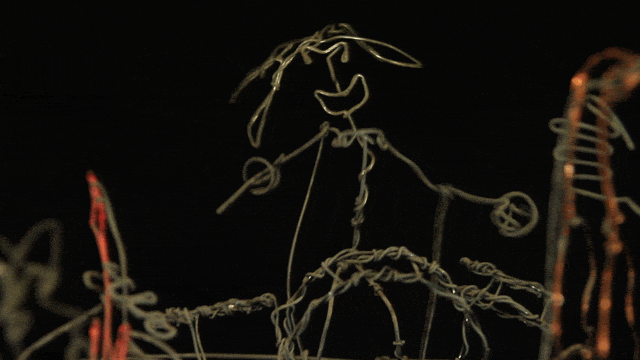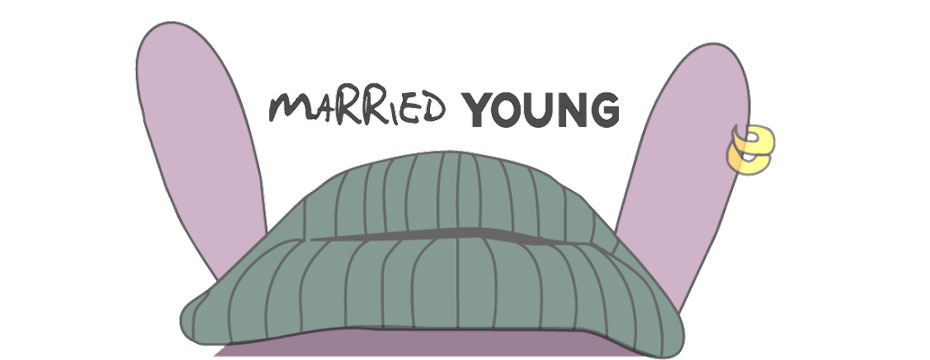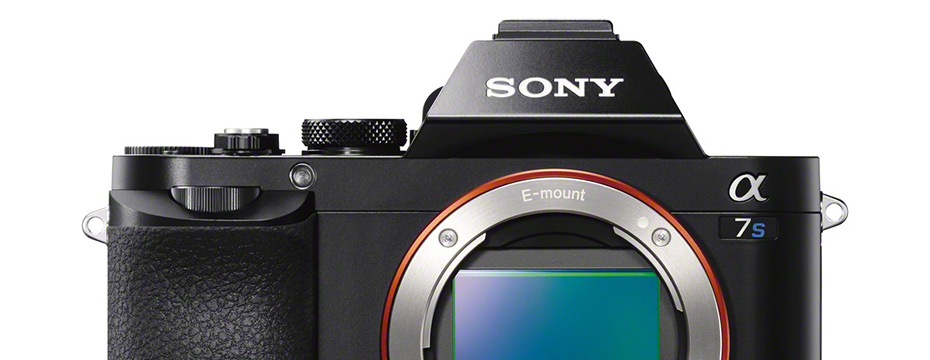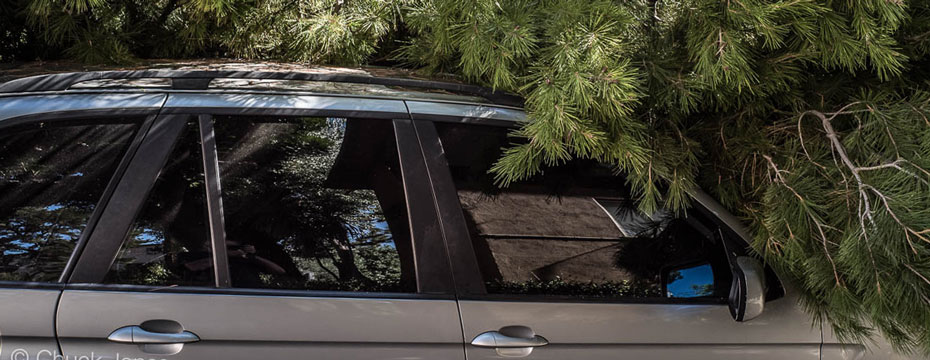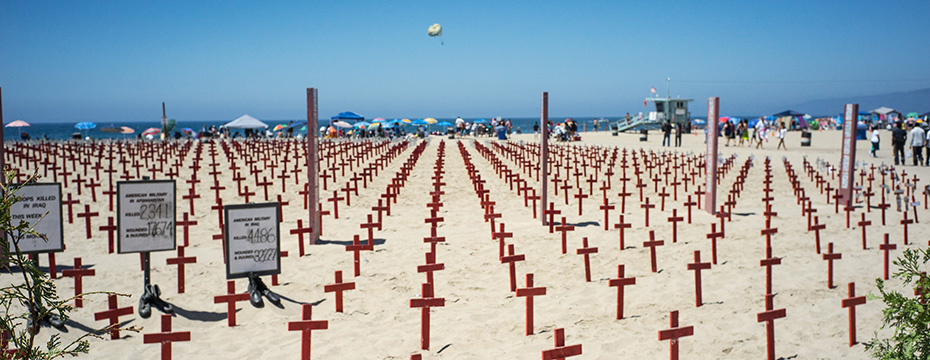
Santa Monica Pier A7R Location Portrait
The Santa Monica Pier from TheCameraForum on Vimeo.
a chuck jones film
Background
Beautiful sonny Sunday afternoon. Sony A7r. Sony 55mm f/1.8 & Leica 35mm Summicron non-ASPH. Add magic and stir.
History
Santa Monica has had several piers over the years; however, the current Santa Monica Pier is actually two adjoining piers that long had separate owners. The long, narrow Municipal Pier opened September 9, 1909, primarily to carry sewer pipes beyond the breakers, and had no amenities. The short, wide adjoining Pleasure Pier to the south, a.k.a. Newcomb Pier, was built in 1916 by Charles I. D. Looff and his son Arthur, amusement park pioneers. Attractions on the Pleasure Pier eventually included the Santa Monica Looff Hippodrome building (which now houses the current carousel and is listed on the National Register of Historic Places), the Blue Streak Racer wooden roller coaster (which was purchased from the defunct Wonderland amusement park in San Diego), the Whip, merry-go-rounds, Wurlitzer organs, and a funhouse. The Carousel was built in 1922 on the Pleasure Pier and features 44 hand-carved horses. It was rebuilt in 1990 inside the Hippodrome. A calliope provides musical accompaniment.
The bridge and entry gate to Santa Monica Pier were built in 1938 by the federal Works Project Administration, and replaced the former grade connection.
The Newcomb Pier was privately owned until it was acquired by the city in 1974. During the 1960s and 1970s various plans were proposed that would entail removal of the pier. The strangest one called for the construction of an artificial island with a 1500-room hotel. It was approved by the City Council, but citizens formed “Save Santa Monica Bay” to preserve the pier. The outstanding order to raze the pier was revoked by the city council in 1973. That same year the Carousel and Hippodrome were memorable sets in the film The Sting, although the story was set in Chicago.
In the 1950s Enid Newcomb suggested to family friend Morris “Pops” Gordon that his two sons, George and Eugene, purchase and operate the Pier’s arcade. It didn’t take much persuasion, for the Gordons instantly took to the Pier and ultimately made Playland Arcade into the Pier’s longest running enterprise offering the day’s contemporary games alongside those of yesterday, providing inexpensive entertainment to a diverse crowd. George’s daughters Marlene and Joanie have kept the business within the family, and the next generation of Gordon’s is already in training to maintain the family tradition.
It seems that my desire to make a movie on the pier is nothing new. In fact, The Santa Monica Pier has quite a famous history of being used as a location for both Film and Television productions.
In Popular Culture
Films
Films which prominently used the Santa Monica Pier include Tillie’s Punctured Romance, Quicksand, Elmer Gantry, 1941 (film), The Opposite of Sex, Night Tide, Bean, The Sting, A Night at the Roxbury, Miracle Beach, Titanic, “The Lost Boys“, Forrest Gump (there is a Bubba Gump Shrimp Company Restaurant on the pier, owned by the company that produced the film), Not Another Teen Movie, Iron Man, Desperate Teenage Lovedolls, Dark Ride, Cellular, The Hottie and the Nottie, Ruthless People (the pier is the site of the movie’s climactic final scene), Love Stinks, Hancock, the indie romantic comedy She Wants Me, and Hannah Montana: The Movie (the scene with Lilly’s birthday party). During the earthquake in the movie 2012, the pier can be seen sinking beneath the waves. The 1964 Natalie Wood film “Inside Daisy Clover” features the pier in the beginning of the picture. “The Glenn Miller Story” with Jimmy Stewart has a sequence toward the beginning where he goes to the “La Monica Ballroom” for an audition.
Television
- The Incredible Hulk (1978 TV series) episode King of The Beach was film there.
- South Park episode “Fishsticks” ends with Kanye West jumping off the Santa Monica Pier to begin a new life as a gay fish.
- The Tonight Show with Jay Leno commercial bumper
- Three’s Company in the opening titles of the fourth and fifth seasons,
- South of Nowhere in the opening credits and in the episode “Girls Guide to Dating”,
- The Suite Life of Zack & Cody episodes The Suite Life Goes To Hollywood Pts. 1/2.
- Life After People episode “Waves of Devastation”
- Rocket Power, features a pier very similar to the Santa Monica Pier.
- The Amazing Race, this place was the starting line for the fifth season.
- Terminator: The Sarah Connor Chronicles, Cromartie tries to track down John Connor on the Pier, who steals a pair of sunglasses and a cap from a Pier vendor to disguise himself
- Star Trek: Voyager, features an episode in which the pier is in the 20th century Los Angeles.
- NCIS: Los Angeles, The pilot begins with Agent G. Callen waking up in his small apartment overlooking the pier.
- 24, Jack tracks Fayed to the pier, Gredenko gets shot and dies under the pier.
- Gilmore Girls, When Jess goes to California to find his father. His father works at the pier.
- Flashforward, When Olivia and Charlie are out at the pier without Mark. In the final episode, it also appears briefly in the background in one shot.
- Chuck, Chuck defuses a car bomb rigged by Laszlo underneath the pier (he first meets Laszlo while playing in one of the arcades on the pier).
- The fourth season of Hannah Montana takes place in Santa Monica instead of the Malibu setting of previous seasons, and the pier is frequently shown as Lilly works at a game booth.
- 90210, There has been several scenes shot at the pier throughout the series. The pier is frequently shown whenever the characters visit the pier or the Beverly Hills beach club.
- Grey’s Anatomy episodes The Other Side of Life Pts. 1/2.
- Private Practice, There has been several scenes shot at the pier throughout the series.
- Keeping Up with the Kardashians, Where Kris and Khloé met with the BG5 girls.
- Monk, in the episode “Mr. Monk and the Birds and the Bees,” where detective Adrian Monk chases a criminal throughout the park, in which he tries to get rid of evidence that could prove him guilty. Eventually, he is arrested after being caught on the pier.
- Eva Luna The last episode the soap opera.
- America’s Next Top Model In Cycle 17: All-Stars for episode 5.
- Charlie’s Angels episode “The Sandcastle Murders“.
- Big Time Rush “Nickelodeon TV series“.
- Criminal Minds In Season 8 Episode 7, “The Fallen”
Video Games
- Rush
- Midnight Club: Los Angeles
- Tony Hawk’s American Wasteland
- Vampire: Bloodlines
- Grand Theft Auto: San Andreas[11] (as the basis of a similar pier)
- Grand Theft Auto V[12] (as the basis of a similar pier)
Music Videos
- “I’ll Never Get Over You Getting Over Me” by Expose (1993)
- “Bidi Bidi Bom Bom” by Selena (1994)
- “Tales From The Westside” by Proper Dos (1994)
- “Father of Mine” by Everclear (1998)
- “Clarity” by John Mayer (2003)
- “Almost Lover” by A Fine Frenzy (2007)
- “Bring Our Brothers Home” by MC Hammer (2007)
- “Side 2 Side” by Mr. Criminal (2007)
- “A Headfirst Slide Into Cooperstown On a Bad Bet: A Weekend At Pete Rose’s” by Fall Out Boy (2008)
- “Maybe California” by Tori Amos (2009)
- “Let’s Get Crazy” by Hannah Montana (2009)
- “Kings & Queens” by Thirty Seconds to Mars (2009)
- “‘Til Summer Comes Around” by Keith Urban (2010)
- “Beggin’ on Your Knees” by Victoria Justice ft. Victorious Cast (2011)
- “Never Gonna Leave This Bed” by Maroon 5 (2011)
- “Do You Love Me Like You Used To” by Best Coast (2012)
- “The One” by Tamar Braxton (2013)
Source In Part: Wikipedia.org the people’s reference source.
PLEASE RATE THIS STORY [ratings]


